Boy Scout Trail is one of the most popular hikes in Joshua Tree National Park that travels deep into the park’s Wonderland of Rocks area. The hike begins near the West Entrance in a stunning Mojave Desert landscape dotted with Joshua Trees. After traveling through miles of rocky terrain, Boy Scout Trail Joshua Tree descends over 1000 feet in elevation and ends near the Indian Cove Campground.
At roughly 8 miles in length, Boy Scout Trail Joshua Tree is a popular point-to-point hike for visitors who can arrange transportation on both ends. For more adventurous souls, it’s a 16-mile roundtrip hike back to the same trailhead. Boy Scout Trail is also an excellent choice for hikers who want to try their hand at backcountry camping. The trail is moderately difficult – but not too hard in case things go wrong and the hiker needs to bail out early.
I backpacked Boy Scout Trail Joshua Tree in February 2021 to train for backpacking the longer California Riding & Hiking Trail. It was my first solo camping experience in a long time, which was both exhilarating and challenging. Stay tuned for some of my learnings and backpacking tips at the end of this hiking guide.
Please note: This trail is not suitable for wheelchairs or strollers. Dogs are not allowed. Overnight camping is not allowed anywhere east of the Boy Scout Trail so as not to disturb the Bighorn Sheep population.
Table of Contents
Trailhead and Parking for Boy Scout Trail Joshua Tree
The trailhead for Boy Scout Trail Joshua Tree is located at the Keys West Backcountry Camping Registration parking area near the park’s West Entrance. This is the same trailhead that is used for the Willow Hole Trail. The parking area is fairly large and I’ve never seen it completely filled (although I imagine that it could fill up during the high season on weekends). A vault toilet and dumpsters are available at the trailhead.
Driving directions from Highway 62: turn south onto Park Boulevard in the town of Joshua Tree. The Joshua Tree Visitor Center is located one block ahead on the right if you’d like to stop and get a map or additional information. From there continue straight, past the West Entrance, and into the park for 11 miles. Turn left at the sign for the Boy Scout Trailhead.
Hiking Boy Scout Trail Joshua Tree
Note: before starting out on this or any desert hike, be sure to bring plenty of water and sun protection, wear sturdy footwear, pack the 10 essentials, and leave no trace of your visit behind. Refer to my Backpacking in Joshua Tree Guide for more tips on wilderness camping in Joshua Tree National Park.
Part 1: The first three miles
The trail begins in a typical Mojave Desert landscape dotted with Joshua Trees and creosote bushes. The first three miles are fairly flat and easy to hike. This area is popular with rock climbers and several trails split off to various rock climbing formations. These are fun to explore if you have the time.
After heading northeast for the first 1.2 miles, the Boy Scout Trail veers in a northwest direction at the junction with the Willow Hole Trail. From here on out I saw very few other hikers on my backpacking trip.
Part 2: Entering the Wonderland of Rocks area
At around the 3.2 mile point, the trail leaves the flat Mojave Desert landscape behind and enters a rocky section. This area is part of Joshua Tree’s famous Wonderland of Rocks area with rock piles and granite boulders everywhere. While the trail is well marked, it can be easy to get turned around so be sure to pay attention to the path (and your map).
If you’re backpacking, I recommend camping before venturing too far into the Wonderland of Rocks area. I camped around the 3.5 mile point and it would have been difficult to find a flat space had I gone much further. Be sure to find a campsite to the west side of the trail rather than the east side which is designated as a day use area.
The trail intersects with Big Pine Trail at mile 3.8. By this point, the path has turned into a sandy gully. I had to scramble over a few rocks blocking along the trail in this area. From here, the terrain is even more rocky and rugged as the trail climbs to vista point.
Part 3: Long descent through a rocky canyon
After climbing to a vista point at mile 4.4, the Boy Scout Trail rapidly loses elevation as it descends down a canyon towards Indian Cove. This is a good place to turn around for those planning a shorter there-and-back day hike on the trail. The vista provides lovely views all the way to the city of 29 Palms in the valley below.
The trail quickly loses elevation here as it heads downhill (400 feet in half a mile). The descent is made easier through a series switchbacks, however I recommend trekking poles to make it easier on the knees.
After half a mile, the trail reaches the bottom of a hill and heads east. From here, it follows a series of dry washes and canyons until it reaches the valley floor.
Part 4: The final stretch to Indian Cove
The Boy Scout Trail finally flattens out around the 6 mile point. The last two miles are fairly flat as the trail makes its way towards Indian Cove. The trail has left the Mojave Desert ecosystem and its Joshua Trees behind. Here, the Colorado Desert ecosystem is king with yucca, creosote and cholla cactus.
The northern terminus for Boy Scout Joshua Tree Trail is located at the Indian Cove trailhead and parking area. It’s located about a half mile north of the Indian Cove Campground. My husband Daniel and I drove over to check out the campground after he picked me up after my hike. The campground is nestled at the base of some giant piles of boulders and looks like a great place to camp if you can get a reservation.

Welcome to the Indian Cove trailhead and parking area! The Campground is a half mile up the road to the right.
My Experience Backpacking Boy Scout Trail Joshua Tree
I’m no stranger to wilderness camping and have done most of my backpacking alone. In 2017, I solo hiked over 1800 miles on the Pacific Crest Trail. I’ve also hiked the 97-mile Wonderland Trail around Mt. Rainier by myself. But its been years since I’ve gone on a solo backpacking trip. In fact, the last time I tried camping alone I ended up having a panic attack. Luckily, I wasn’t too far from the trailhead on that particular trip and it was relatively easy for me to pack up and drive home.
So I was a little nervous about venturing out by myself for the first time after so many years. I set up camp just before sunset and climbed a rock jumble to watch the sunset. The sun sets around 6:00 pm in February at Joshua Tree National Park and after that it gets cold. Really cold. The only way for me to stay warm was to get into my sleeping bag so I cuddled up in my quilt for a few hours, listening to an audiobook.
I woke up a few hours later in the middle of the night, absolutely certain that mountain lions were outside of my tent. I was groggy with sleep and wide awake with terror at the same time. I could definitely hear something outside but I was too afraid to look. I was also *really* cold.
Needless to say it wasn’t a restful night. The next morning, I took stock of the situation and determined that of course there were no mountain lions prowling around my tent the previous night. I hadn’t set up the tent properly and the wind was flapping the rain fly around. I had mountain lions on the brain because I had been listening to the audiobook version of Track of the Cat – a mystery involving some mountain lions and an intrepid Park Ranger at Guadalupe Mountains National Park. I thought it would be inspiring to read a book about a National Park while I was *in* a National Park, but in hindsight I probably shouldn’t have picked one that involved murder and mountain lions.
Despite my rough night, I really enjoyed the backpacking trip overall. Joshua Tree is incredible and I loved experiencing it all by myself. It felt good to finally conquer my fears and camp solo after so many years. If I did it once, I could do it again! Although, next time I’ll bring some ear plugs so I don’t jump wide awake every time my tent rustles in the wind.
Backpacking in Joshua Tree
If you’re considering a backpacking trip in Joshua Tree, take a look at my Backpacking in Joshua Tree Guide as it has all the information you need for a successful trip in the back country. You should also familiarize yourself with the Joshua Tree National Park Wilderness Backpacking Page. You’ll need to self-register for a permit before heading out and camp at least one mile from any road and 500 feet away from any trail.
If you’re camping in the off season, be prepared for the sun to set early. It gets super cold after dark so have an audiobook or some music downloaded onto your phone to listen to. I wouldn’t recommend trying to read a book unless you have really warm gloves (I kept my hands inside my sleeping bag to keep them warm).
Backpacking Gear
This list includes some of my favorite backpacking gear. Refer to my Backpacking in Joshua Tree guide for a more comprehensive list.
- Hiking Shoes – Sturdy hiking or walking shoes are a must. Personally, I’m a big fan of Altra Lone Peak Trail Running Shoes. I pair them with Dirty Girl Gaiters to keep sand and rocks from getting into my shoes.
- Socks – Good thick socks are also important. For long hikes, I prefer Injinji Midweight socks to prevent toe blisters.
- Backpack – A comfortable and well-fitting backpack is essential. I love Ospreys because I tend to get a sweaty back and the design promotes good airflow. My go-to bag is the Osprey Exos 58 because it’s super lightweight.
- Tent – I’m a big fan of the Big Agnes Copper Spur Tent. I used the 1-person version when I hiked the PCT in 2017 and now my husband and I use the 2-person version.
- Sleeping System – I use an ultra-lightweight 10 degree Enlightened Equipment Enigma custom quilt which I absolutely adore. For a sleeping pad, I prefer the Exped Synmat Winterlite air mattress because I find the vertical baffles more comfortable than pads with horizontal baffles.
- Hiking Poles – Hiking poles reduce pressure on your joints and help maintain your balance if you trip. My current favorites are the LEKI Micro Vario Carbon Trekking Poles because they are super lightweight and fold down to easily fit into my suitcase.
- Sun Hat – Protect your face (and scalp) with a broad sun hat. This sun hat is great because it has a wide brim and no back so it doesn’t bump into my backpack.
- Camera – I love taking photos and always bring a camera along on my hiking trips. I use the Canon PowerShot G7X Mark II because it is lightweight yet has many advanced features.
- Electronics – if you are using your phone for navigation, bring a portable battery such as the Anker portable battery charger. For longer hikes or backpacking trips, consider bringing a Garmin InReach Explorer. This is a Personal Locator Device (PLB) that enables you to trigger a SOS call to search and rescue and 2-way texting over satellite.
Boy Scout Trail Joshua Tree Information and Map
- Distance – 7.8 miles point to point
- Elevation Gain/Loss – 173 feet gain/ 1347 feet loss
- Starting/Ending Elevation – 4049 feet starting / 2848 feet ending
- Highest Elevation Point – 4195 feet
Joshua Tree National Park Fee Information
The fee to enter Joshua Tree National Park is $30 per vehicle which is good for seven days. I recommend buying the America the Beautiful Interagency Pass, however, which costs $80. This allows entry to all National Parks for an entire year, as well as most federal lands (including National Forests, Bureau of Land Management and more). Buy your pass online before arriving at the park to shorten the wait in line.
Be sure to check the Joshua Tree National Park web site for current conditions before heading to the park.
While you’re in the area, don’t forget to explore outside of the national park as well. There are lots of fun fun and quirky Things to Do Near Joshua Tree besides hiking and camping.
Further Reading
If you enjoyed this trail guide, be sure to check out my other articles about Joshua Tree National Park!
- Joshua Tree Day Trip: The Ultimate One-Day Itinerary
- Best Hikes in Joshua Tree: The Ultimate Hiking Guide
- Backpacking in Joshua Tree: Tips for Successful Wilderness Camping
- California Riding and Hiking Trail: An Epic Joshua Tree Backpacking Adventure
- 10 Fun and Quirky Things to Do Near Joshua Tree
Have you hiked the Boy Scout Trail in Joshua Tree National Park? I’d love to hear from you! Share your experience in the comments below.
Like this blog post? Pin it!
Note: This post contains affiliate links, which means I may receive a commission if you click a link and purchase something. While clicking these links won’t cost you anything, they will help me to keep this site up and running!

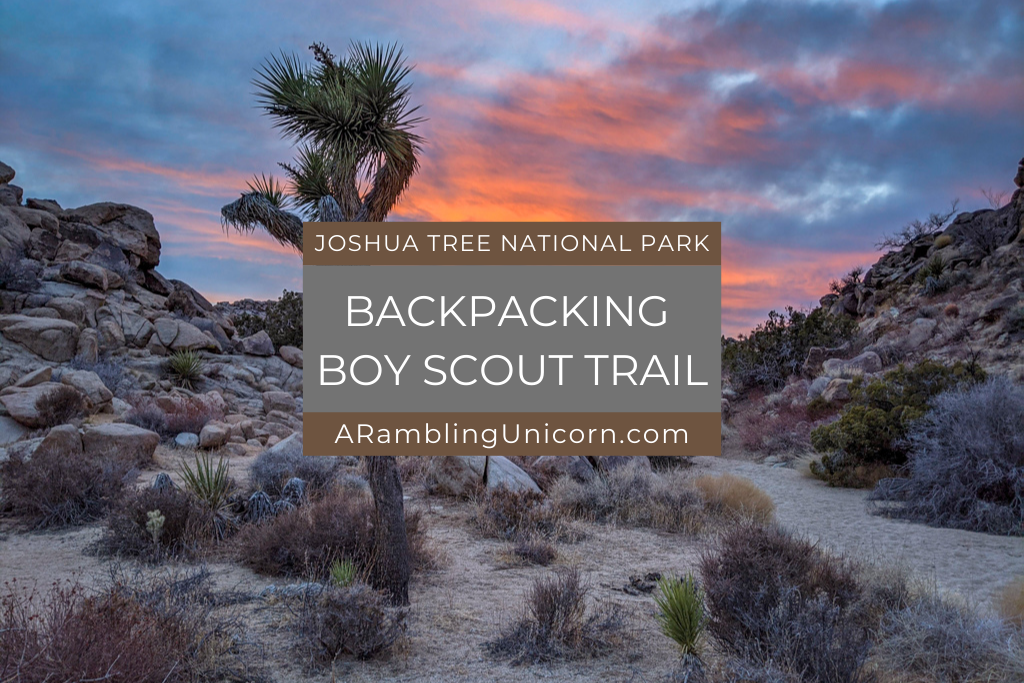
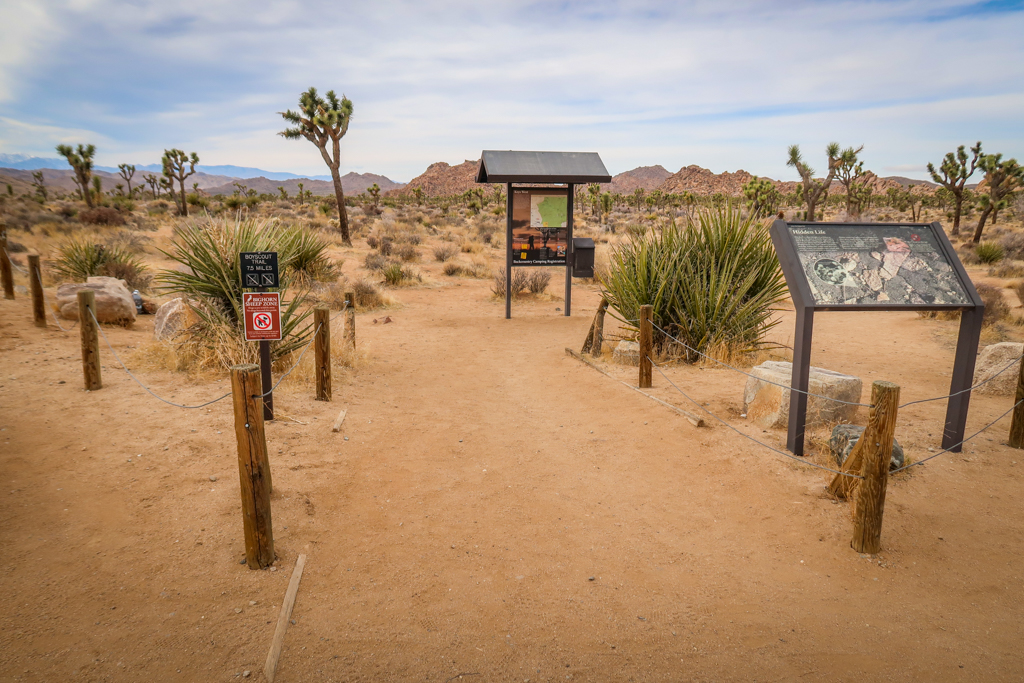
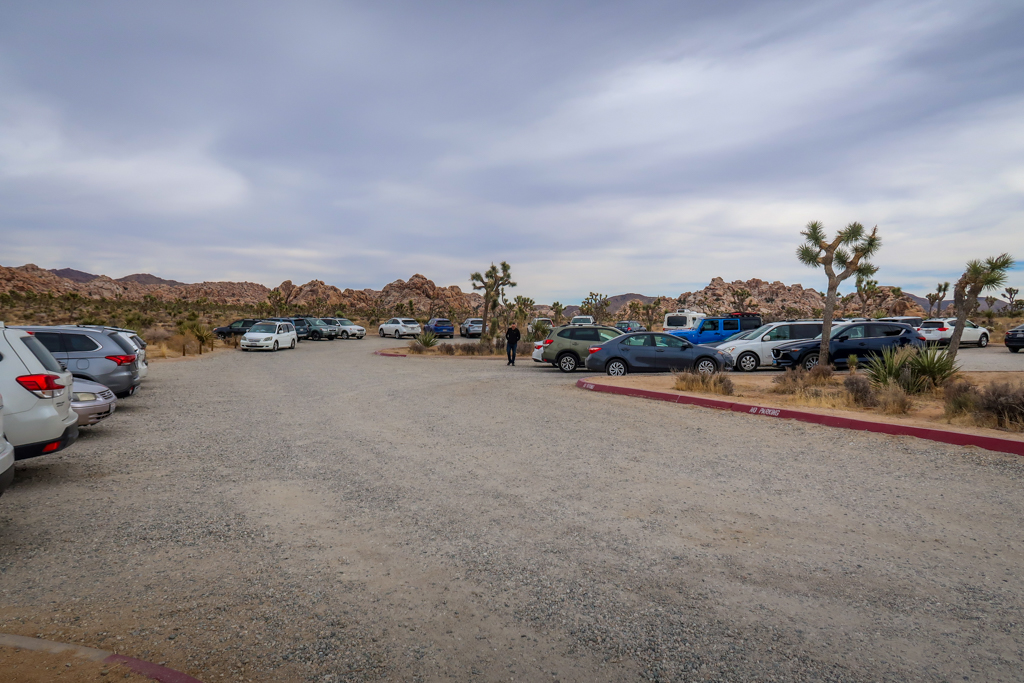



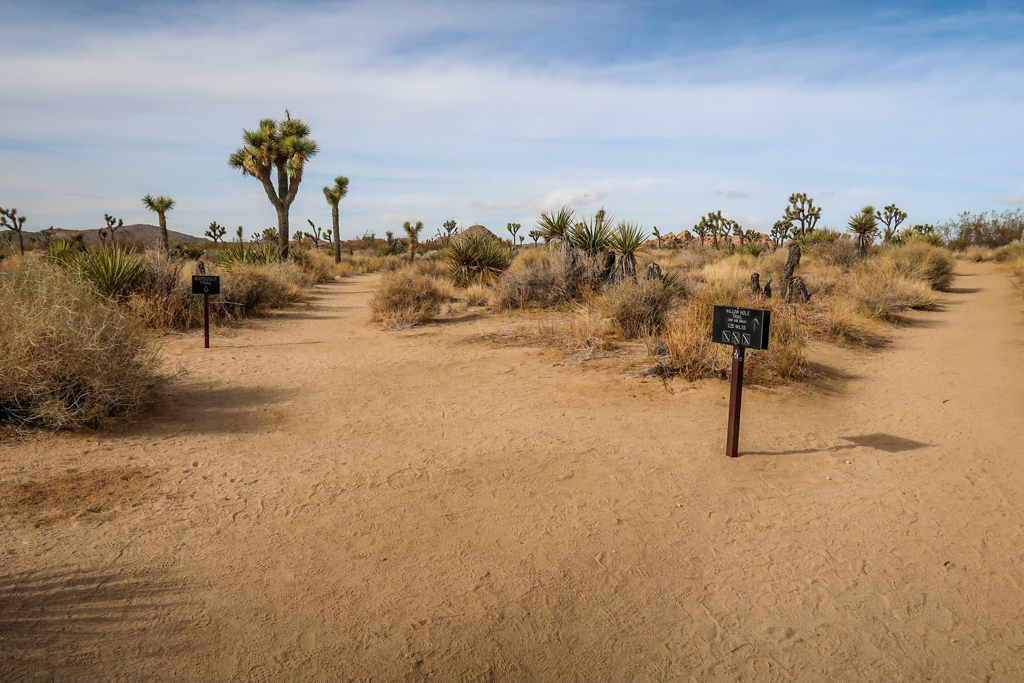


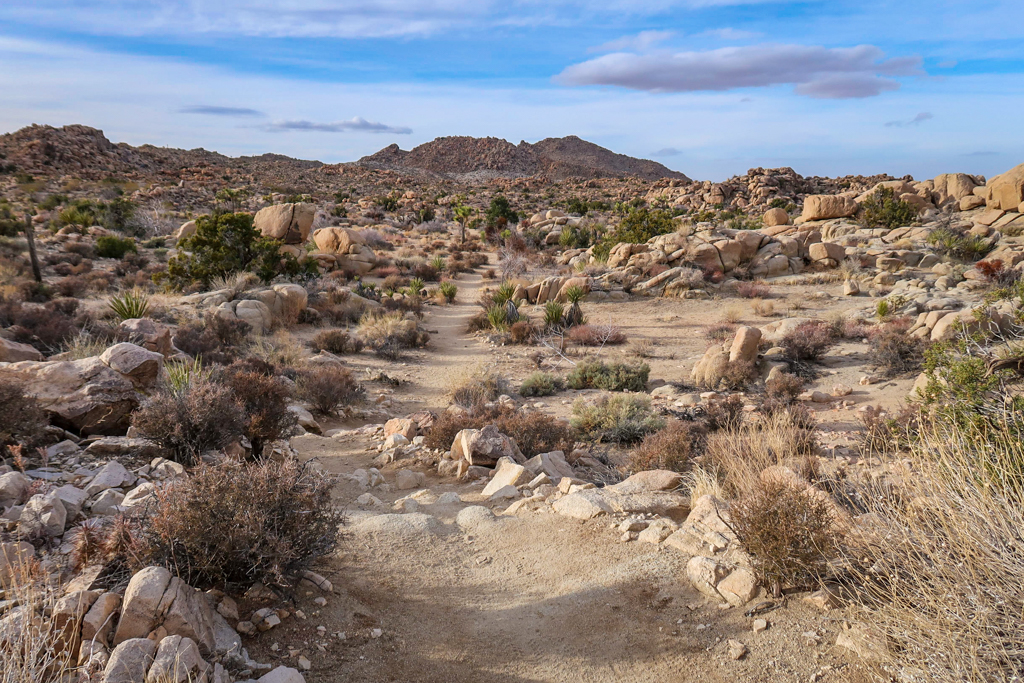

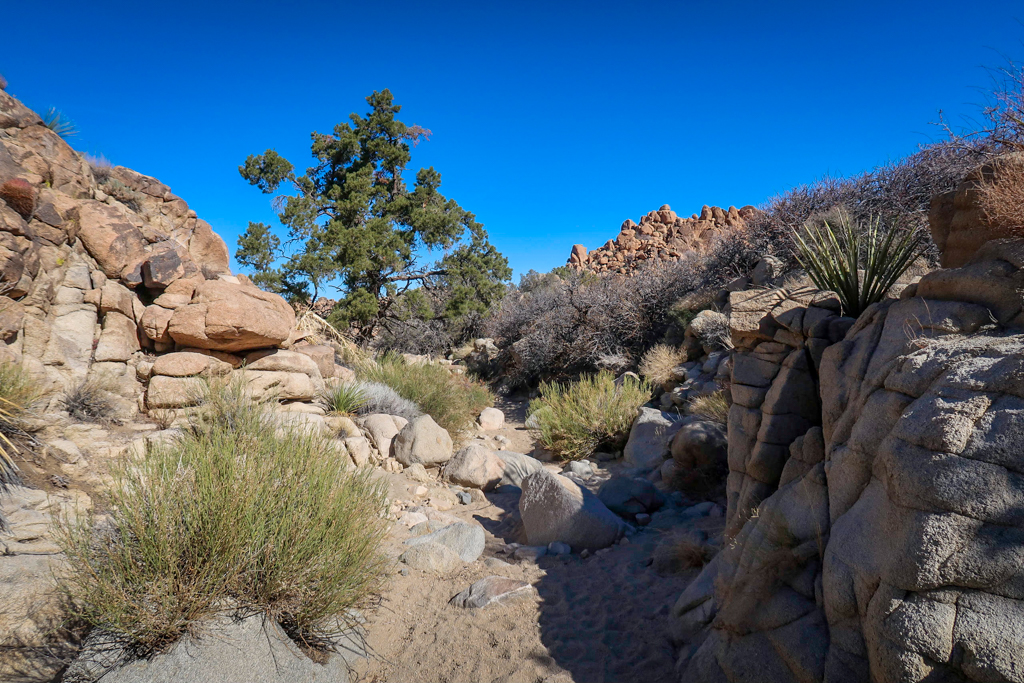
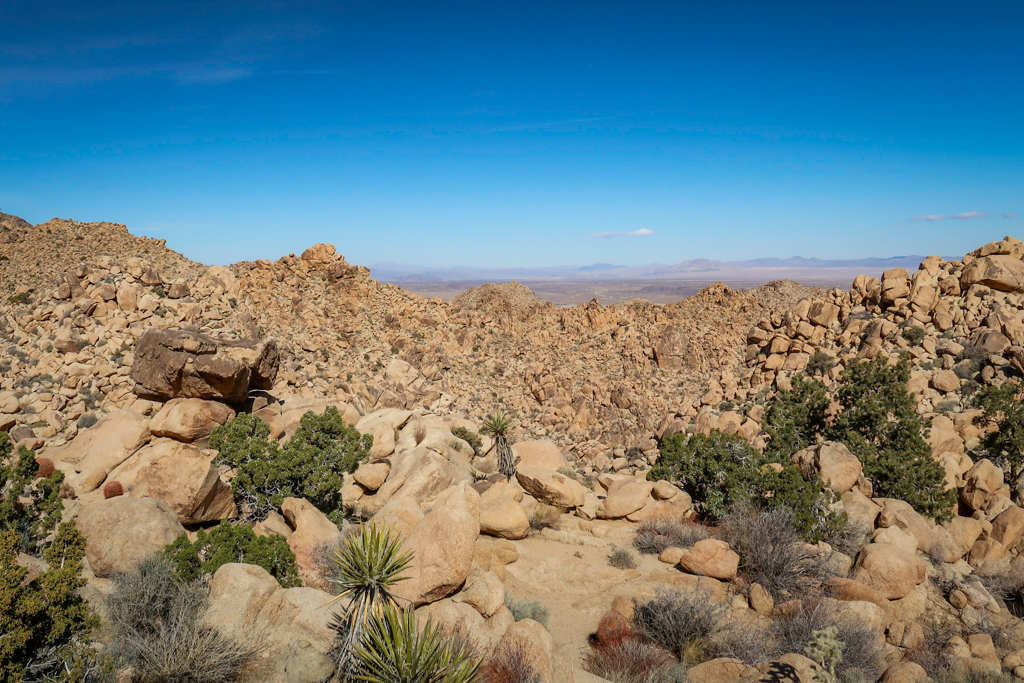

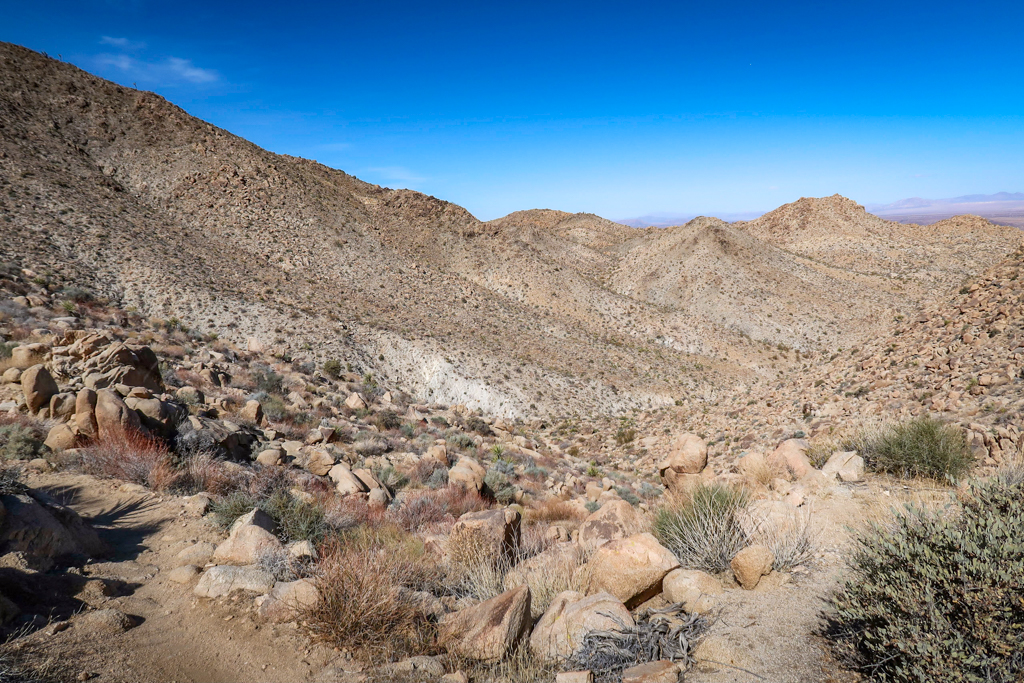
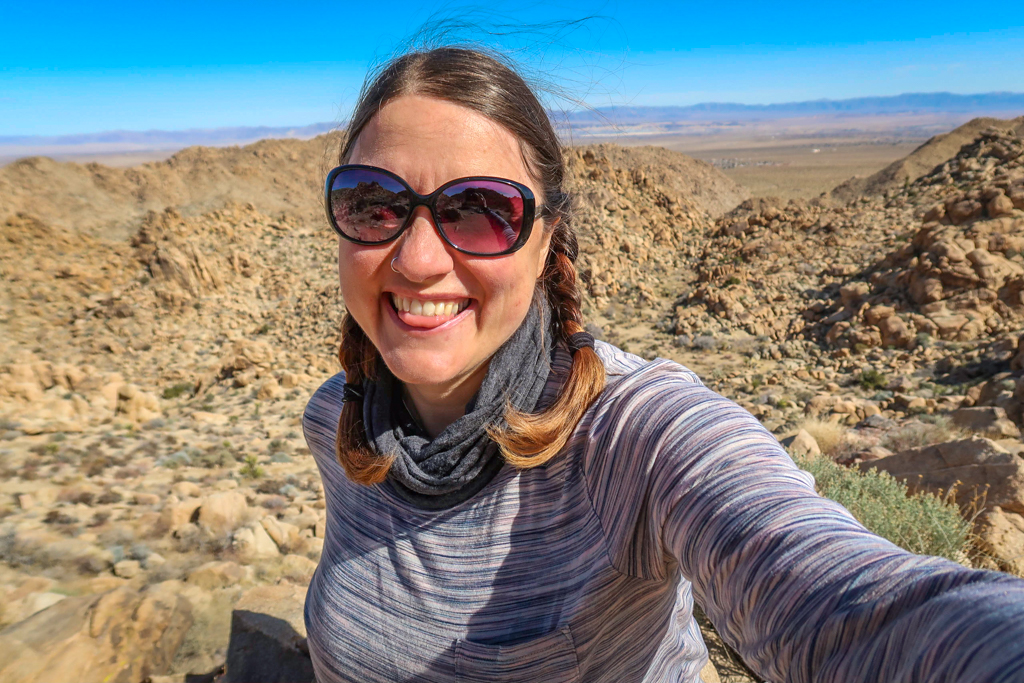

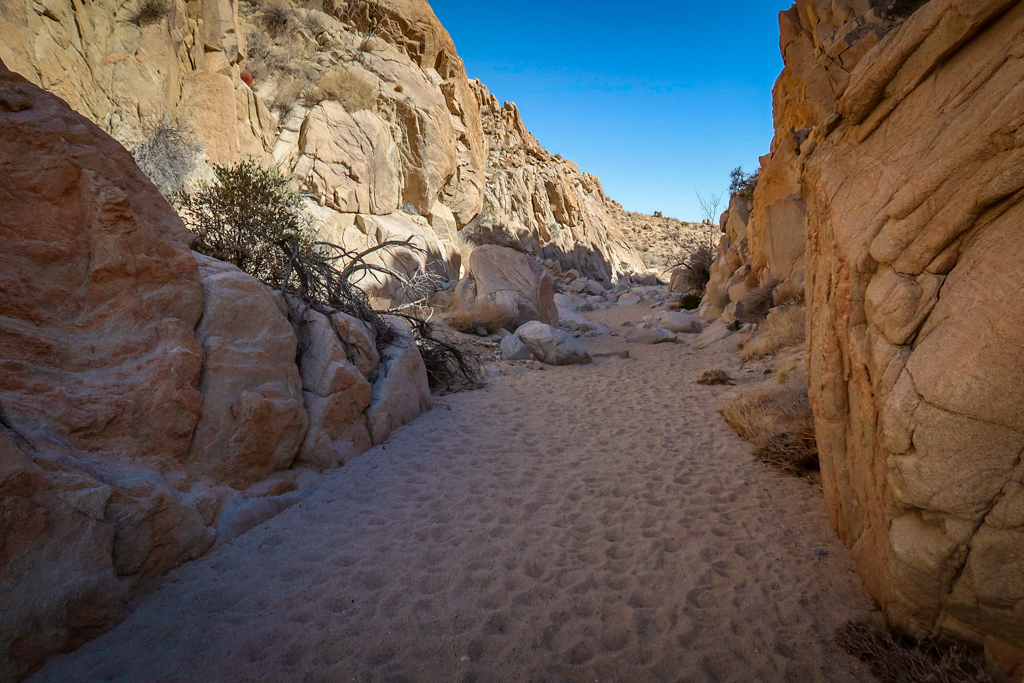
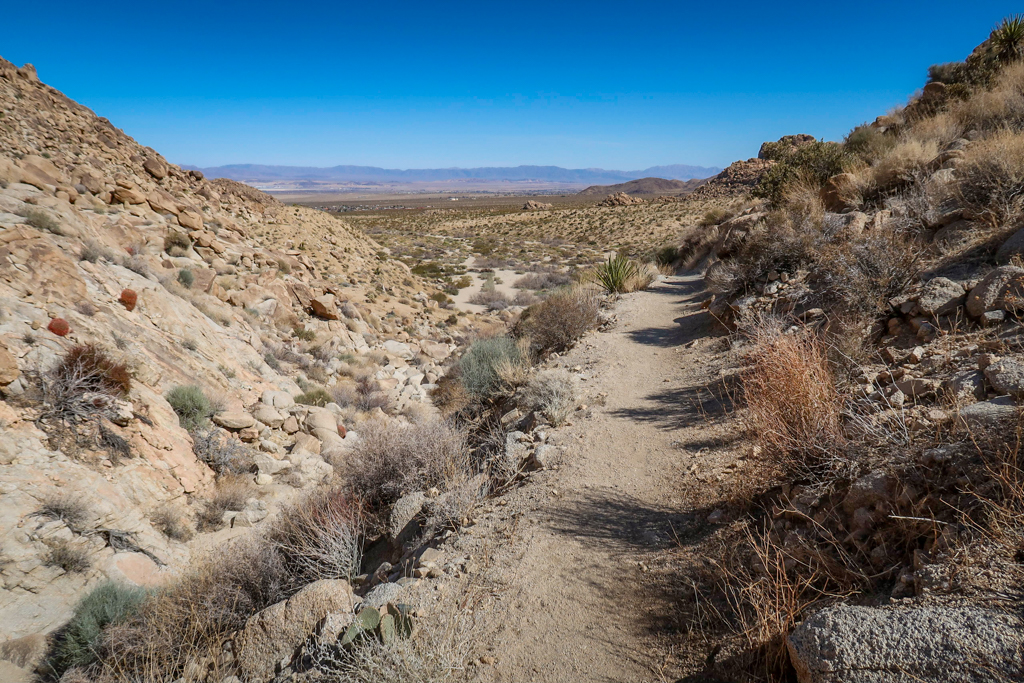
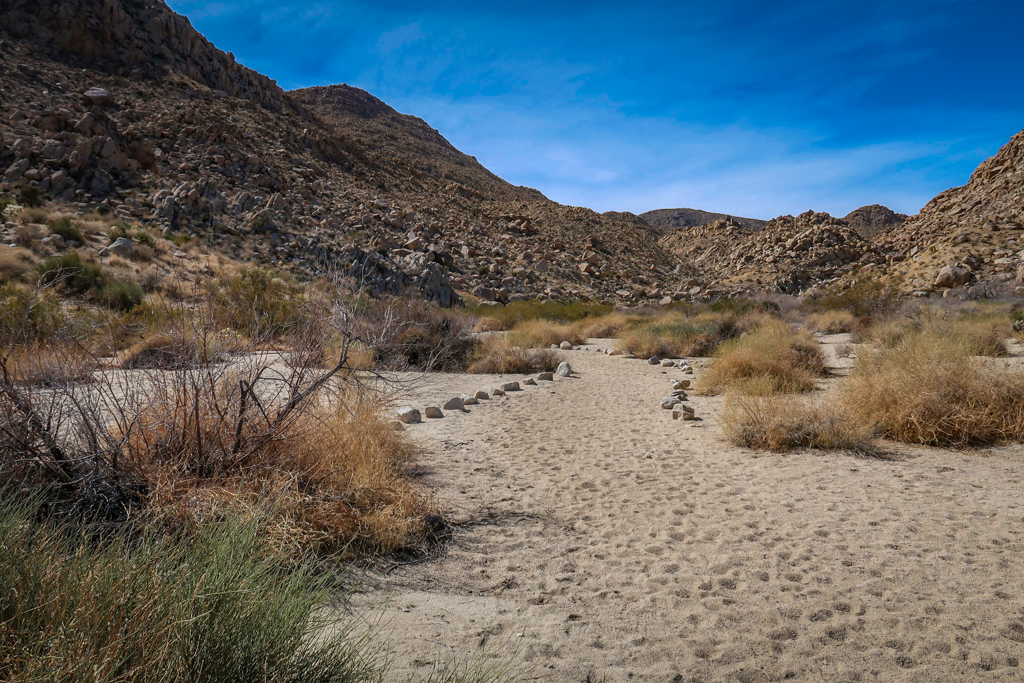

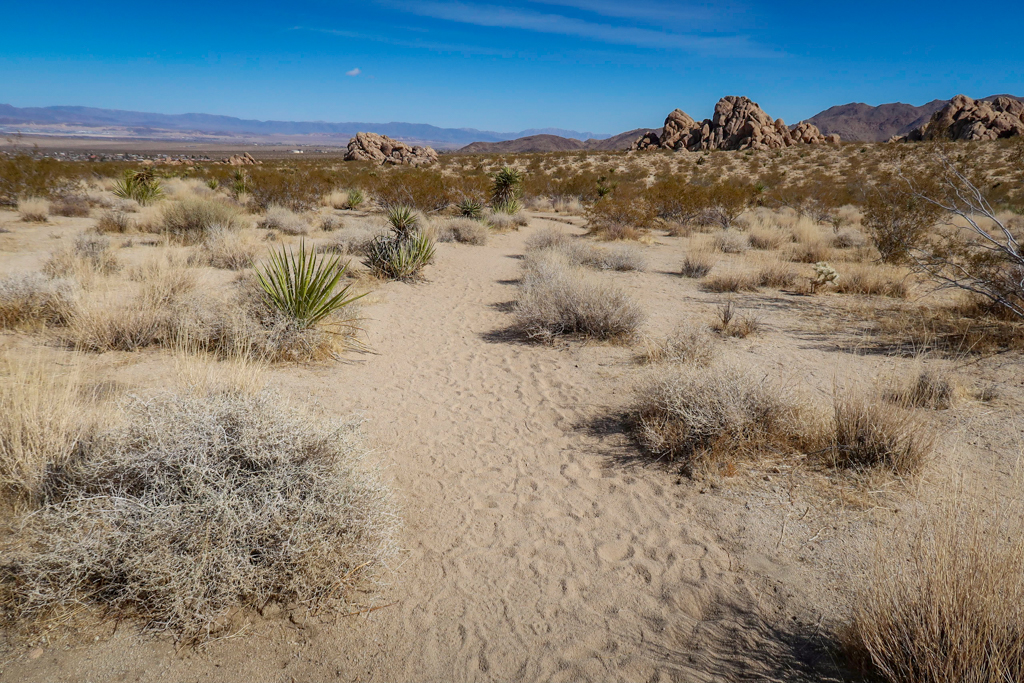


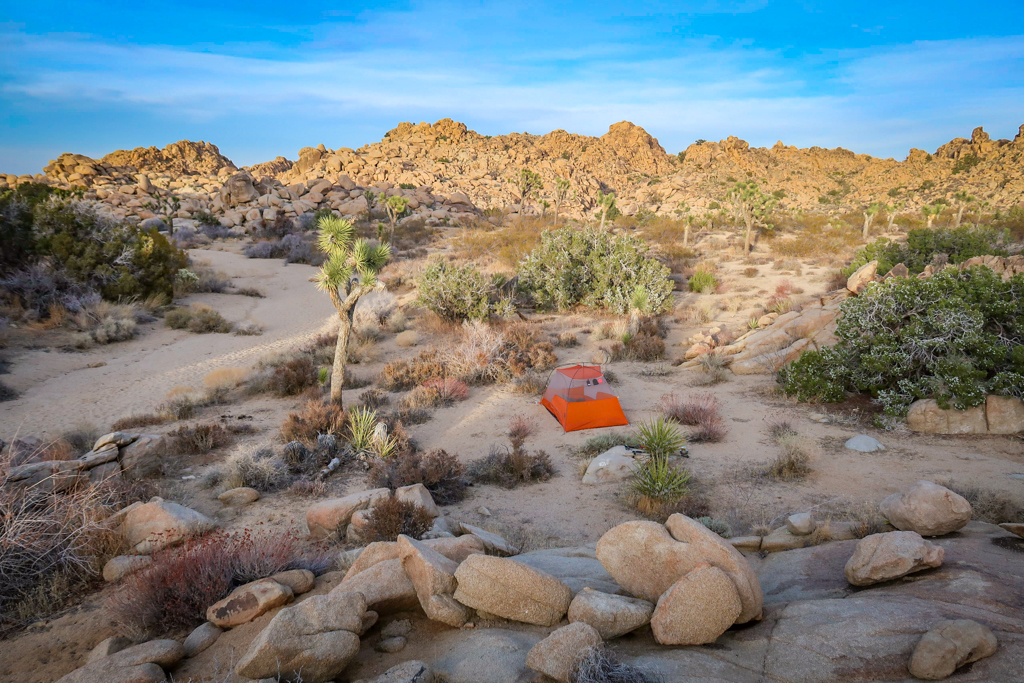

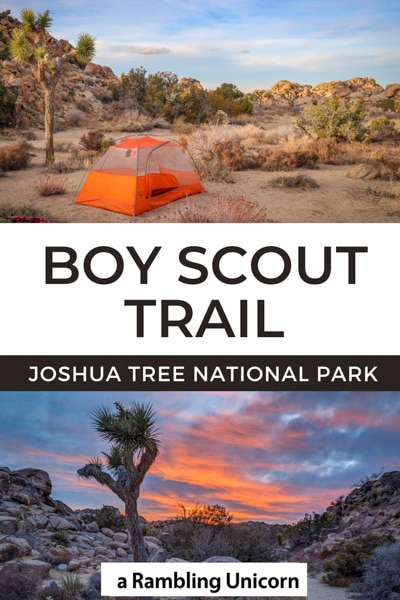

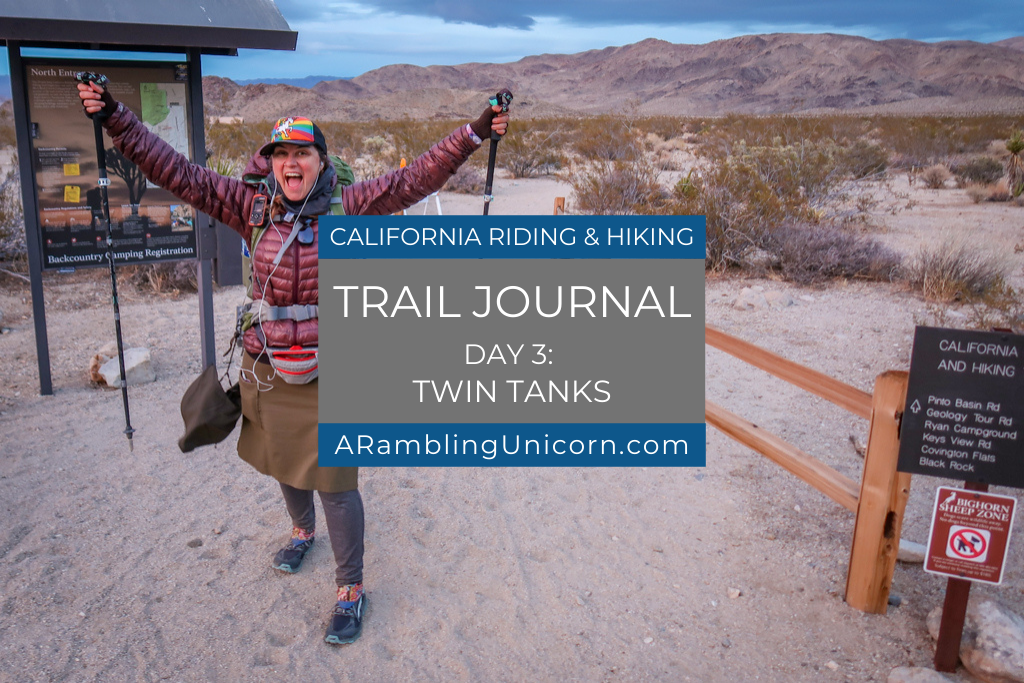

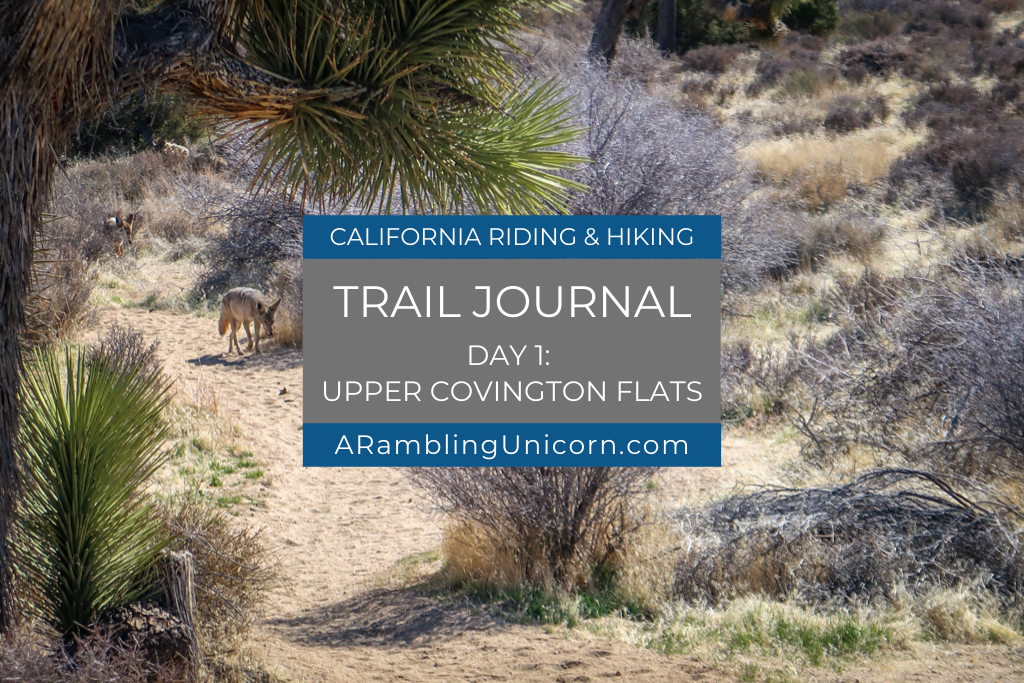

Love it! I’m inspired
Thanks Chris!
Your experience with that panic attack while solo hiking sounds pretty upsetting. And then of course our imaginations are so fantastic that they conjure up mountain lions from the wind. Every time I camp in Northern California, I think there’s a bear outside the tent at night. But the closest I’ve gotten to nocturnal snooping wildlife is a wombat trying to get into my pack on the Overland Track in Tasmania one night. Weirdly, I feel safer camping in Australia.